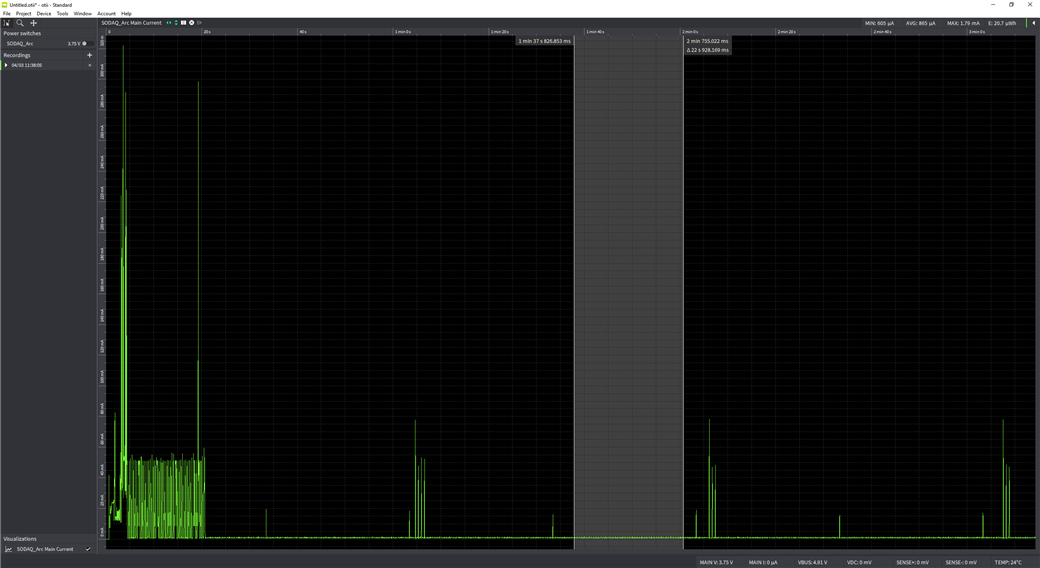Hi,
I'm currently trying to evaluate the nRF9160 for one of our projects.
One key requirement is the power consumption when using eDRX.
I have tried profiling the at_client sample, but the lowest I've manged with the nRF9160DK is about 900uAs.
Additionally, the power profile does not seem to show the expected paging windows when eDRX is configured.
Is there any low power example, or documentation which can help me with this?




